
France is a country with many different regions, each with their own unique customs and traditions. From the 17th century on, France was well known for its fashion sense and developed its own fashion culture.
This fashion culture continues today with France being well known for its influential and evolving fashion styles and trends.
Traditional French clothing was designed to be functional and comfortable. As time went on, French clothing became more detailed, and elaborate, reflecting different class systems and cultures.
Clothes were made by highly skilled artisans who passed on their skills for generations. Materials were hearty and natural, and embroidery and lace were done by hand with traditional techniques.
Let’s take a look at some of France’s more popular traditional clothing.
Panaprium is independent and reader supported. If you buy something through our link, we may earn a commission. If you can, please support us on a monthly basis. It takes less than a minute to set up, and you will be making a big impact every single month. Thank you!
Brittany Dress

Different regions in France had different styles and colors of clothing. One of the most well-known regional dresses was the Brittany dress. This dress emerged from northwest France.
It is easily identified with its dark, navy colors, white blouse, and puffy sleeves. It is an important cultural symbol of the region and was often worn for special events such as weddings and festivals.
Women still wear this style of dress today for special occasions and cultural events.
Beret

The beret is still a well-known item worn in France today. Berets first made an appearance in the middle ages and gain popularity in France in the 19th century. Traditionally, farmers from the southwest wore berets to protect themselves from the sun.
Berets were then adopted by the military, appearing in black, blue, and green to show the different ranks and units. Berets were made from cotton, handwoven wool, and acrylic fiber. They are round and flat in shape, perfect for the local temperature in France.
Check out berets and other hat styles.
Paletot Coat

In the 19th century, Duke D’Orsay of Orsay claimed he bought a coat from a sailor and liked its cut and the way it felt. He was the most desirable French bachelor at the time and this style of coat quickly caught on. Its name changed to Chesterfield Coat and is still worn today.
To be a Paletot coat or Chesterfield coat, certain guidelines must be adhered to. The coat must be long, have outside pockets, and have six buttons (three on each side). It must not have a midriff crease or a belt.
Try out a Chesterfield coat or similar.
Can-Can Dancer’s Iconic Dress

Can-can dancers were very popular in France in the 19th century. The short, bright, layered skirt they wore became a sensation. The style continued well into the 20th and 21st centuries with the movie Gigi making the skirt famous again.
This style of skirt was also featured in Baz Luhrmann’s Moulin Rouge in 2001. People can still be seen wearing them in French clubs and burlesques.
Find similiar burlesque styles here.
Wigs

King Louis XIII of France revived the trend of wigs in the 17th century, wearing them to cover his baldness. Wigs are still prevalent in France, often used in high-end fashion by designers like Yves Saint Laurent, and by well-known celebrities.
Discover hair accessories for your next wig.
Bliaut or Bilaud

This garment was worn by both men and women during the middle ages. It was a long piece, almost touching the floor, with long sleeves decorated for each gender. Women's bilauts were more fitted over their dresses, while men's were looser.
Chemise

A chemise, also called a shift, was an undergarment worn by both men and women to cover their top, and part of their bottom half. This garment helped save their outerwear from sweat and odor. It was introduced in the 18th century and continued to be worn in the 19th, and early 20th centuries as well.
Find modern undergarments here.
Breton

Bretons are still worn in every region of France and around the world today. Traditionally, they were blue and white striped shirts. Nowadays they come in many different colors and fits.
Discover more shirt styles here.
Kepi Caps

Kepi caps have been used by the French military since the 19th century. They have a circular top and a round visor in the front. Kepi caps come in various colors and with various symbols to represent different soldiers’ ranks. They are considered one of if not the most famous traditional headwear in France.
Check out more hat types here.
Faluche

A faluche was a hat popular among youths. It is a black velvet beret, covered in colored ribbons and different badges.
Faluches were usually found in the 19th century, worn by students, with their decorations often representing the region or school they were in.
Find your next hat here.
Mantua

A mantua was a loose gown worn by French women over their robes and petticoat. They were worn in the 18th century by both upper-class and lower-class women.
Upper-class women’s mantua was more luxurious, detailed, and made from finer materials compared to the simple material and style of the lower class.
Feel like royalty with your own formal dress.
Pantalettes

Pantalettes were worn by women and young girls in the 19th century under their dresses. They came either as two pieces attached by buttons or lace or as one piece much like leggings. Pantalettes were worn for both hygiene reasons and modesty.
Check out a modern pair of leggings here.
Culottes

Cullotes were worn by men from the 16th to the 19th century, They were pants that stopped at the knee and fastened at the knee with either buttons, drawstrings, or belts.
During the French Revolution, working-class revolutionaries were known as the ‘sans-cullotes’ meaning without culottes, as they did not wear this style of pants.
Discover more pant styles here.
Gilet

A gilet, also known as a body warmer, was a short vest worn by men over their other clothes in the 19th century. As the name says, it was worn for warmth. Vests, though they may look different, are still worn today in both sports and everyday life.
Try out these vests.
Fichu

French women wore fichus, a square piece of cloth around their neck and shoulder to provide modesty by covering up any skin their dress or other articles of clothing did not.
It originated in the 18th century from Britain and was adopted in France and became popular into the 19th century.
Shawls are the closest modern-day clothing item related to the fichu.
Find more shawls here.
Jupon

A jupon is an outer skirt worn by women over their chemise. Many were hand decorated with lace and embroidery to represent different regions, wealth, and status of the women wearing them.
Try an affordable, sustainable skirt.
Was this article helpful to you? Please tell us what you liked or didn't like in the comments below.
About the Author: Shelby Bonner
What We're Up Against
Multinational corporations overproducing cheap products in the poorest countries.
Huge factories with sweatshop-like conditions underpaying workers.
Media conglomerates promoting unethical, unsustainable products.
Bad actors encouraging overconsumption through oblivious behavior.
- - - -
Thankfully, we've got our supporters, including you.
Panaprium is funded by readers like you who want to join us in our mission to make the world entirely sustainable.
If you can, please support us on a monthly basis. It takes less than a minute to set up, and you will be making a big impact every single month. Thank you.





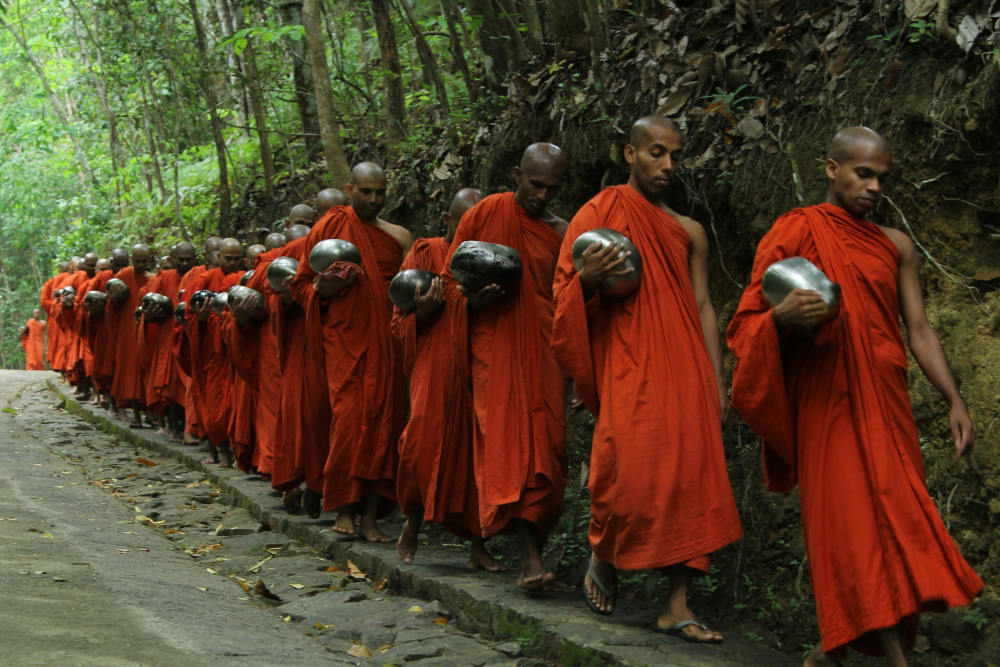
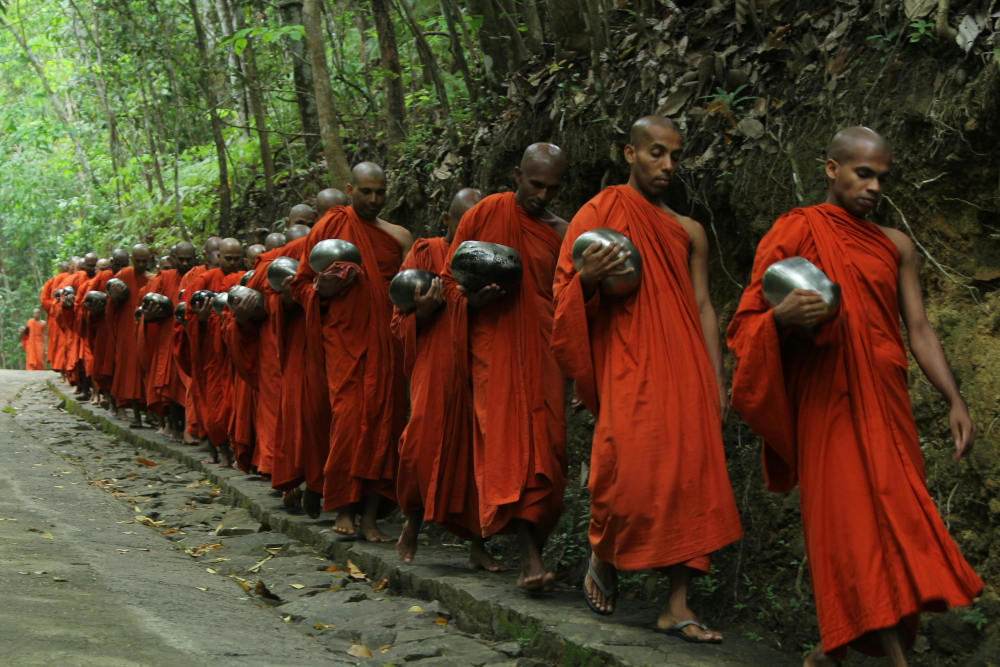





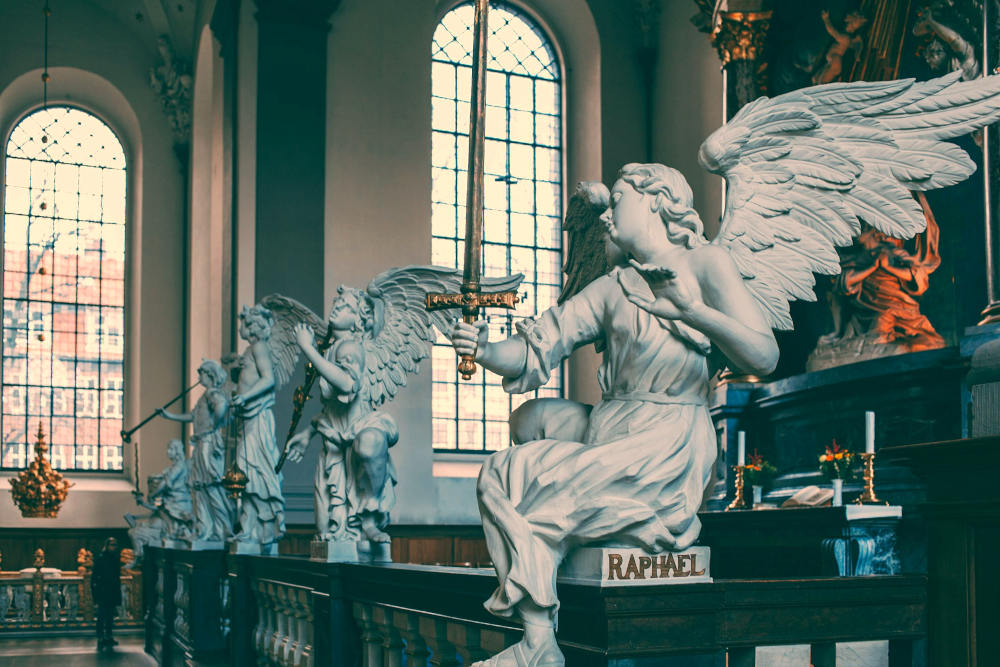














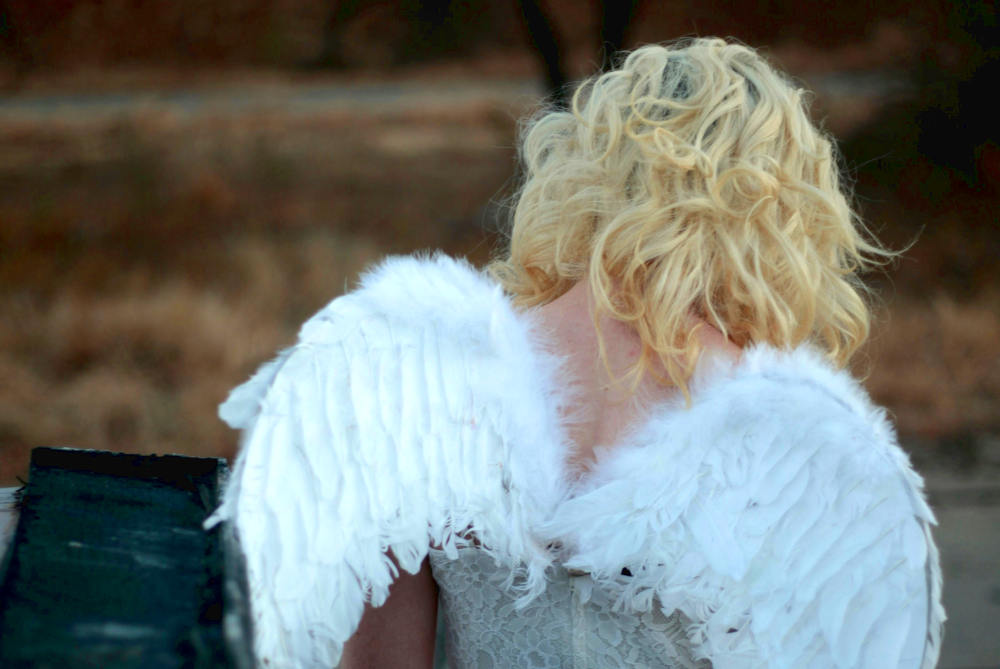
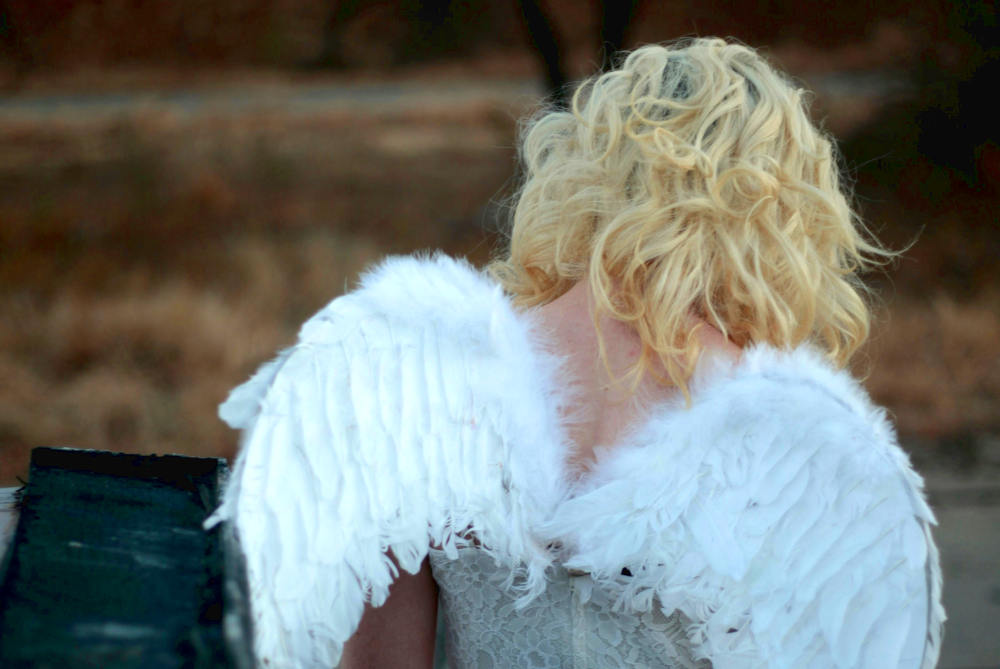


0 comments